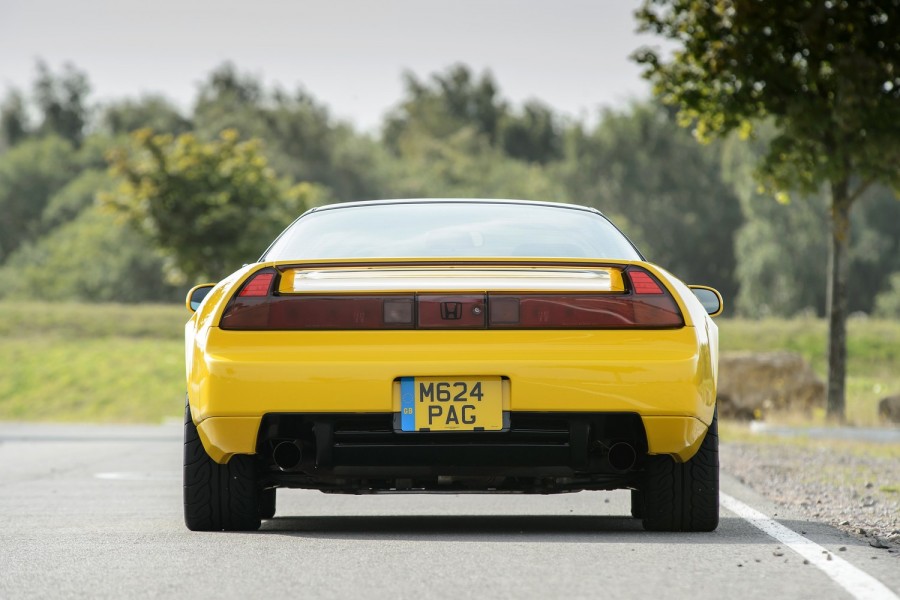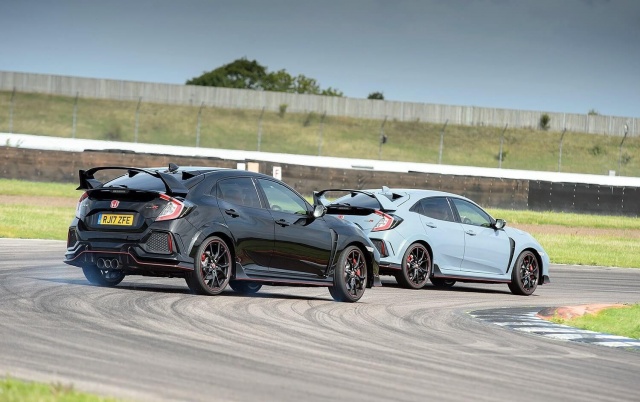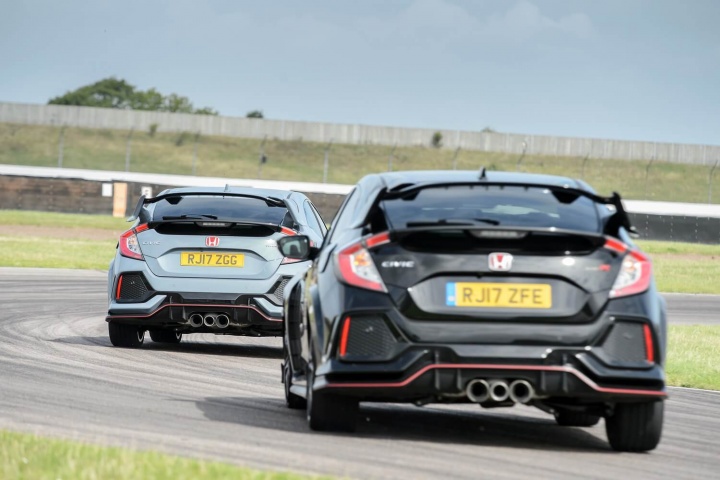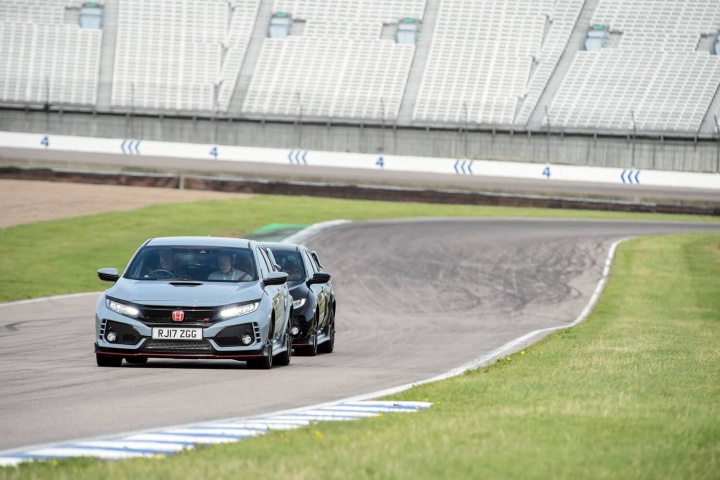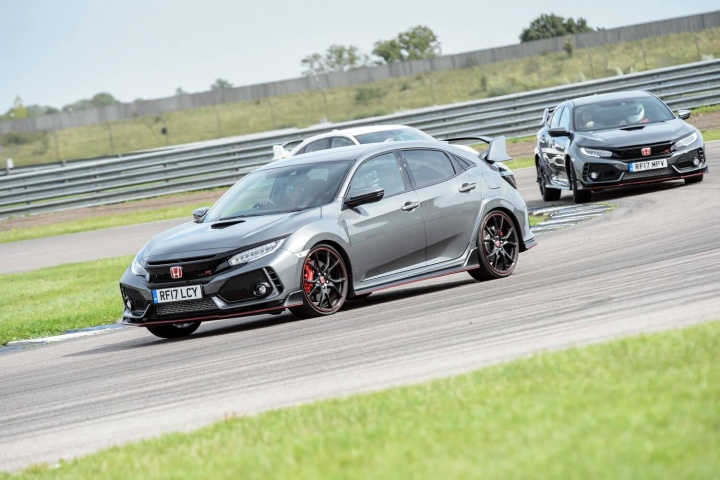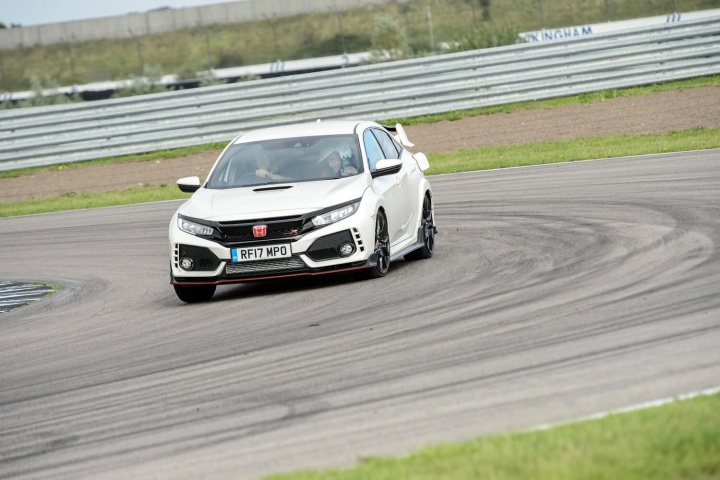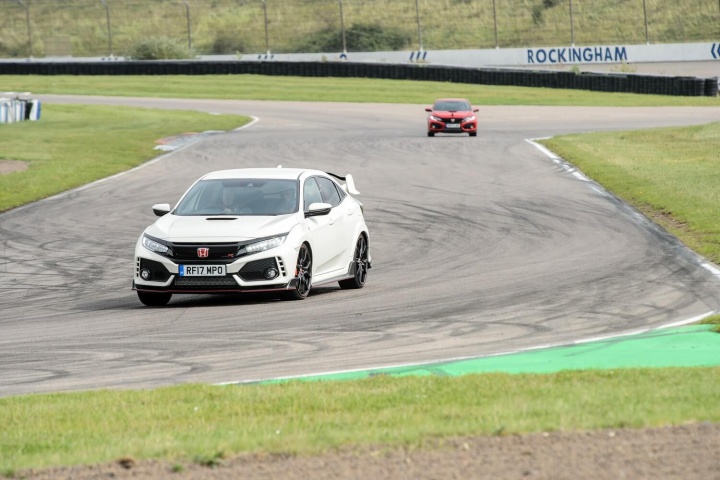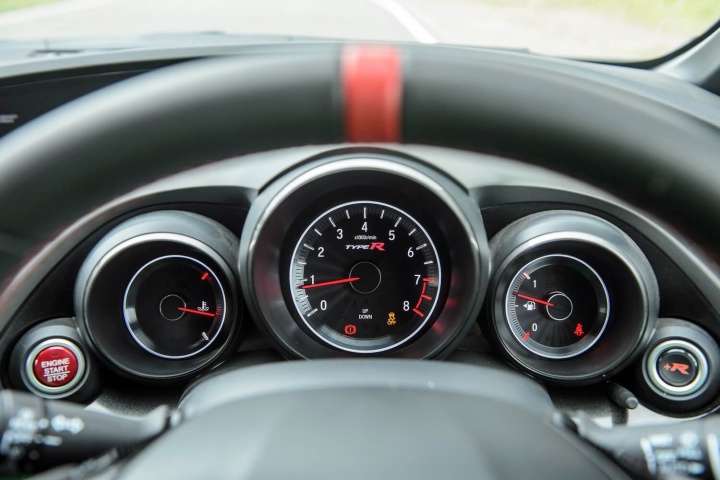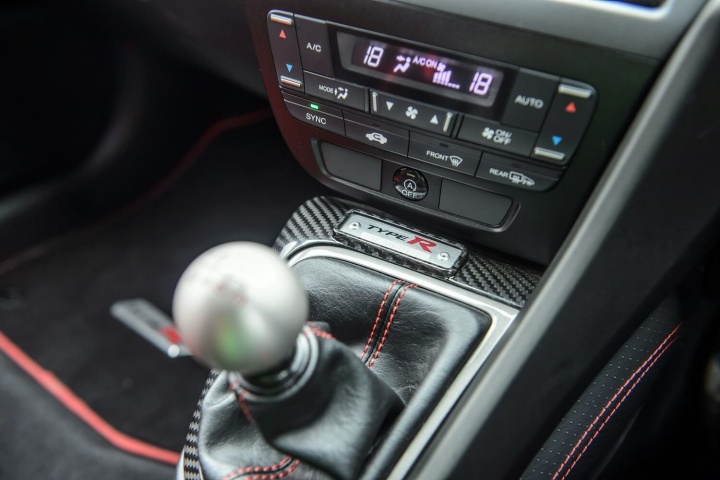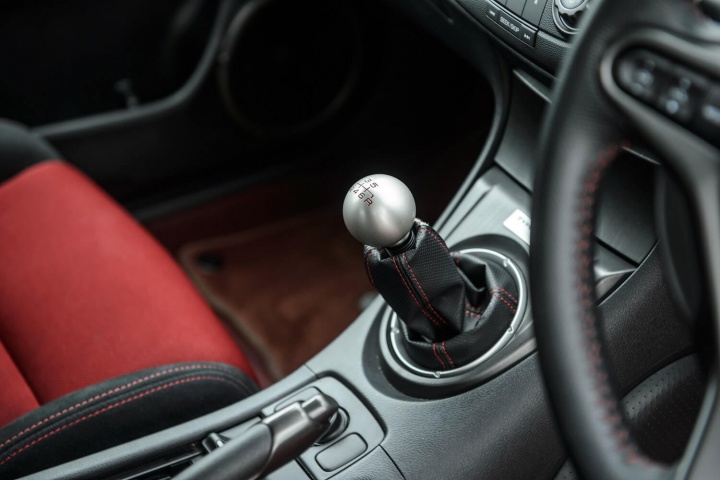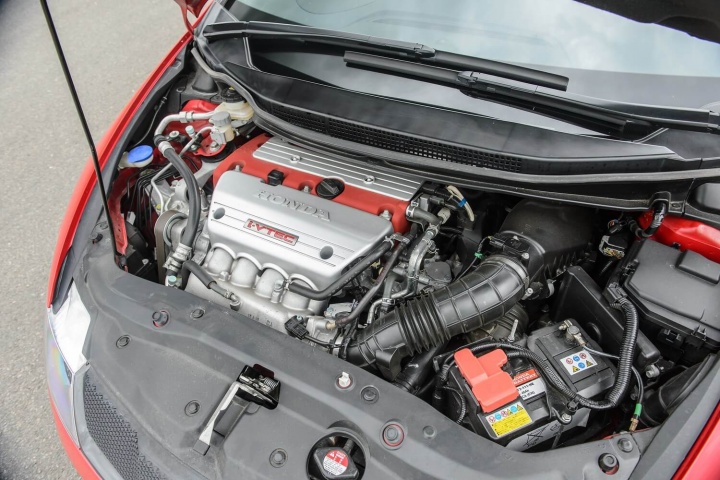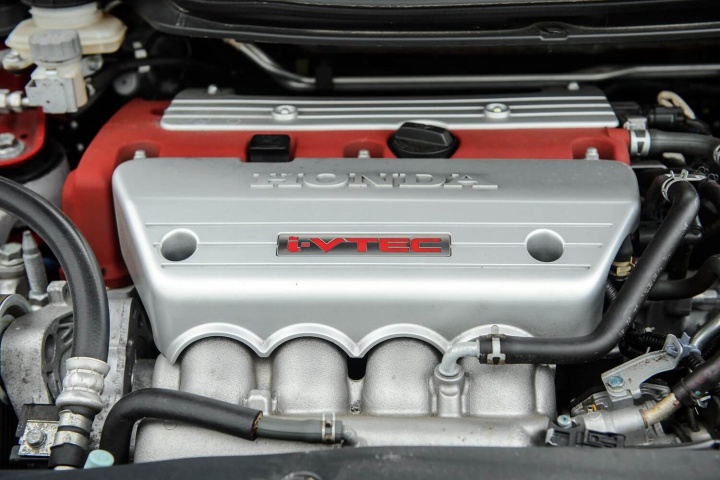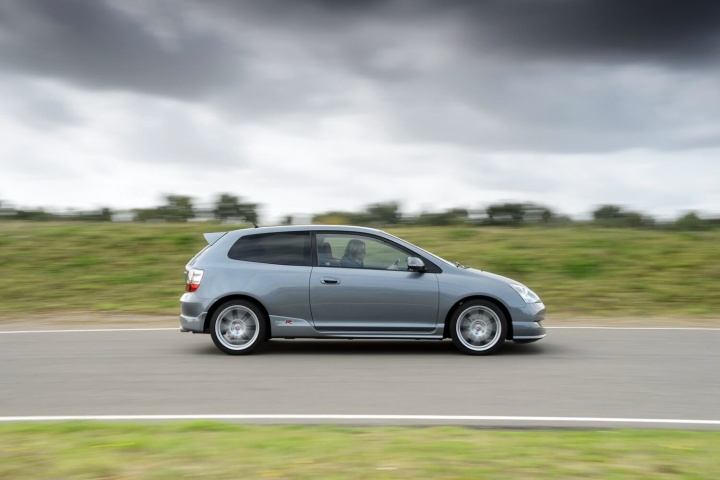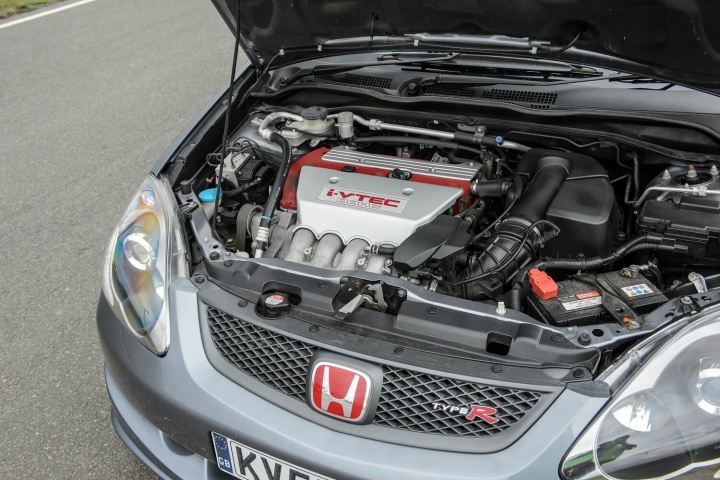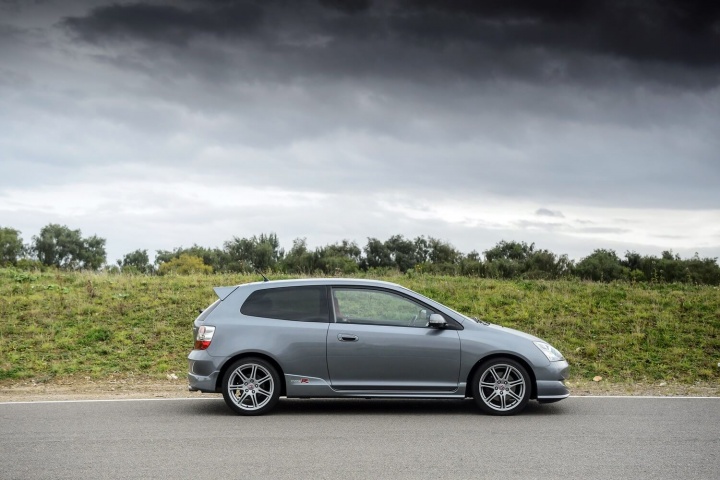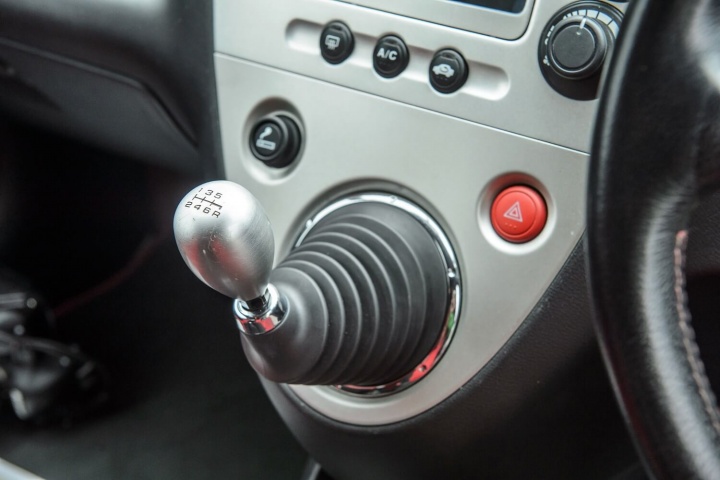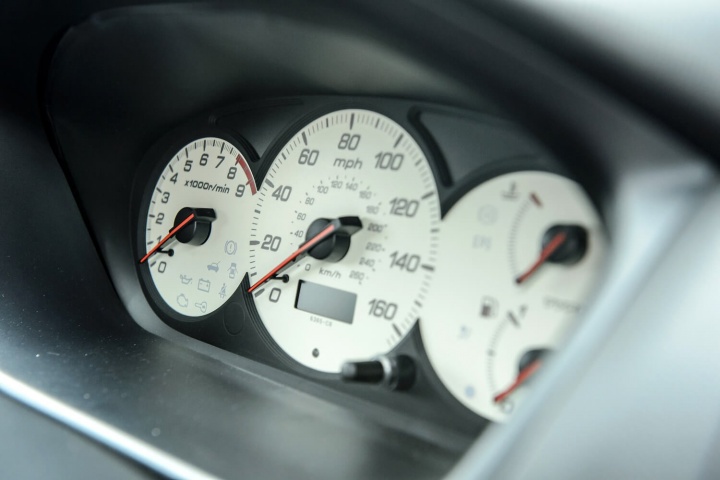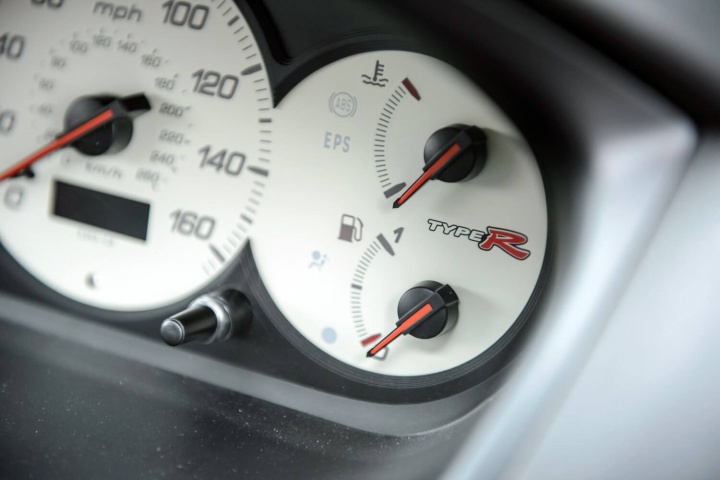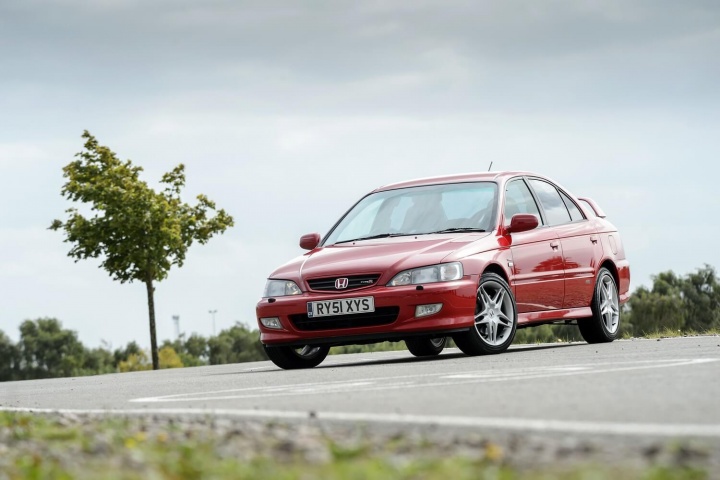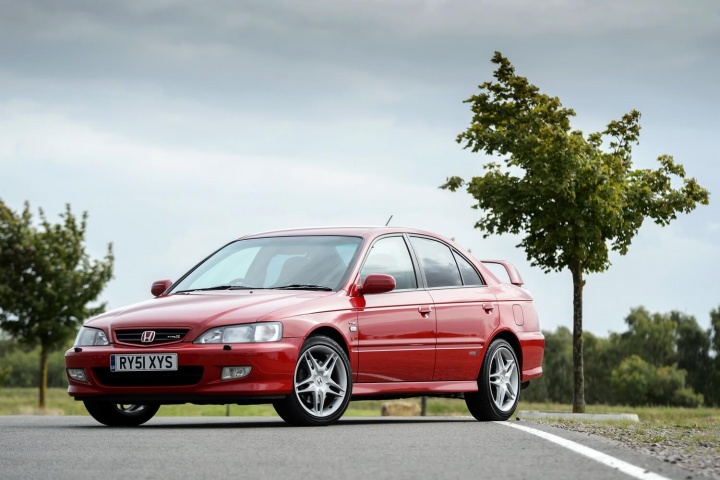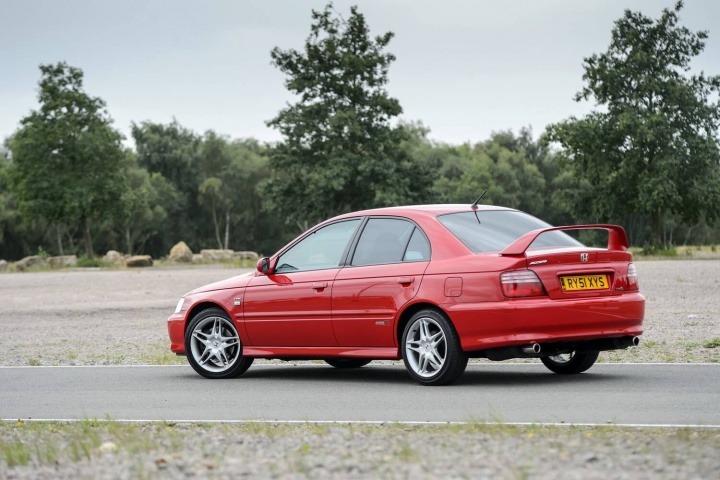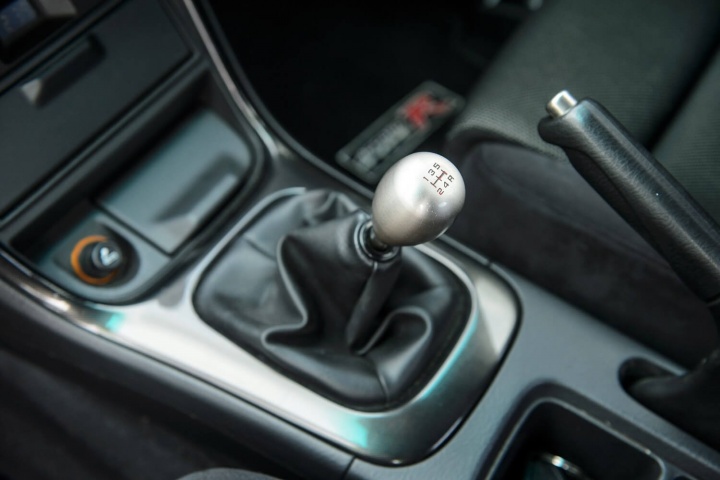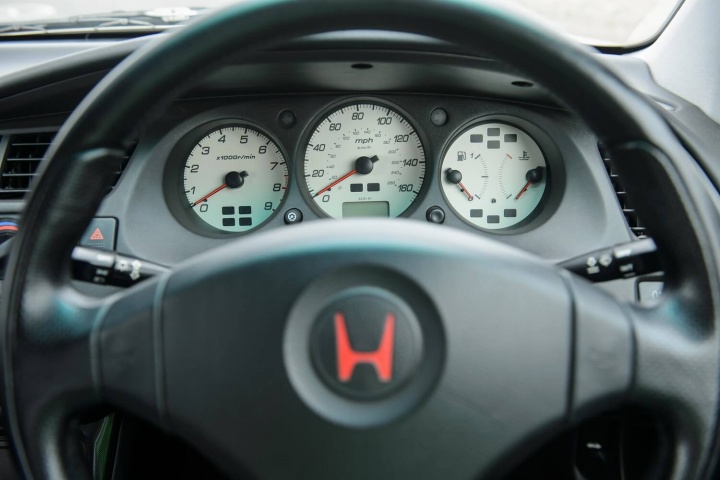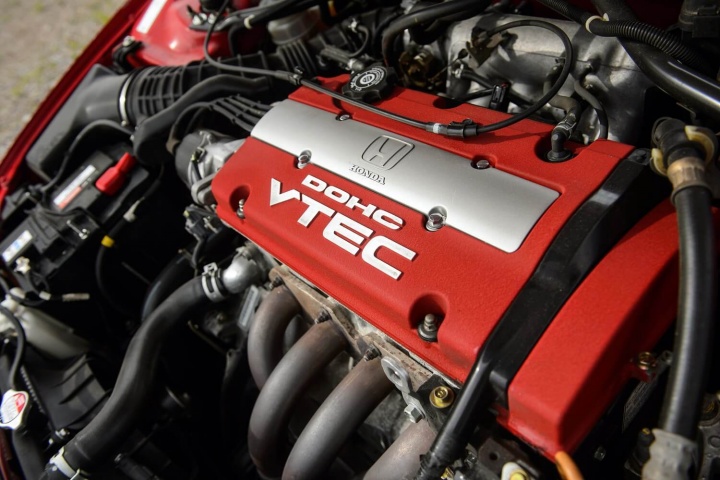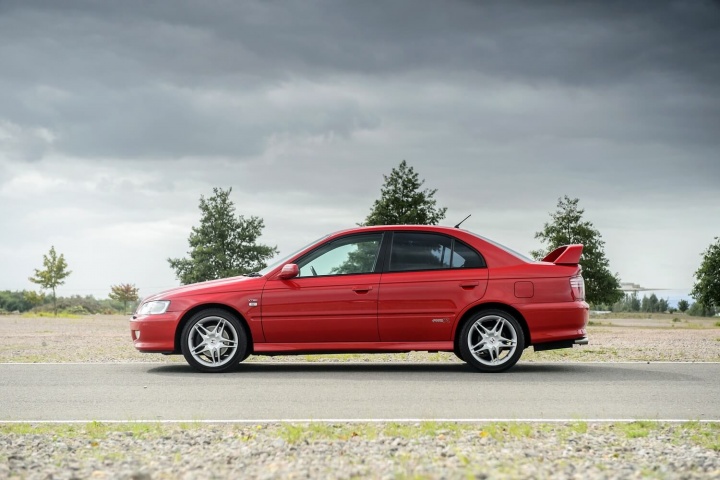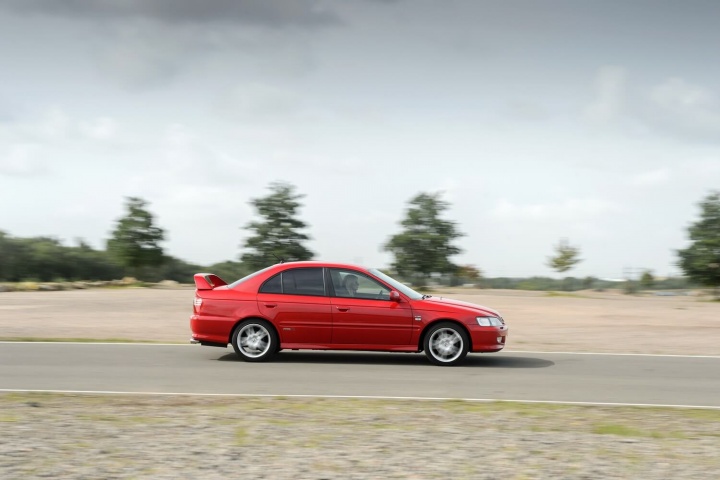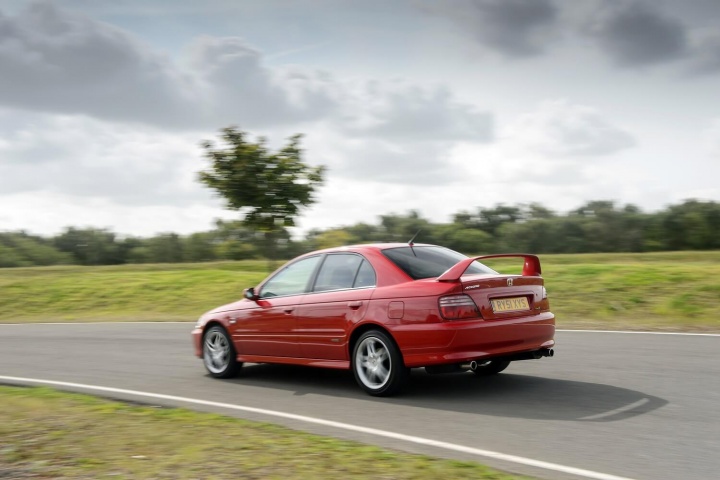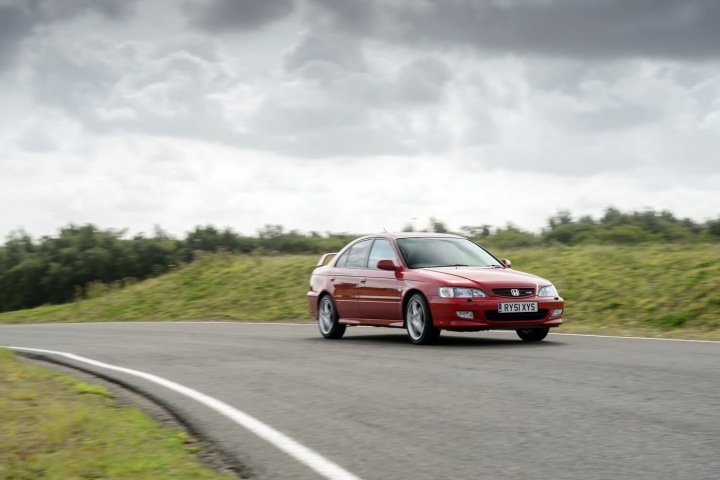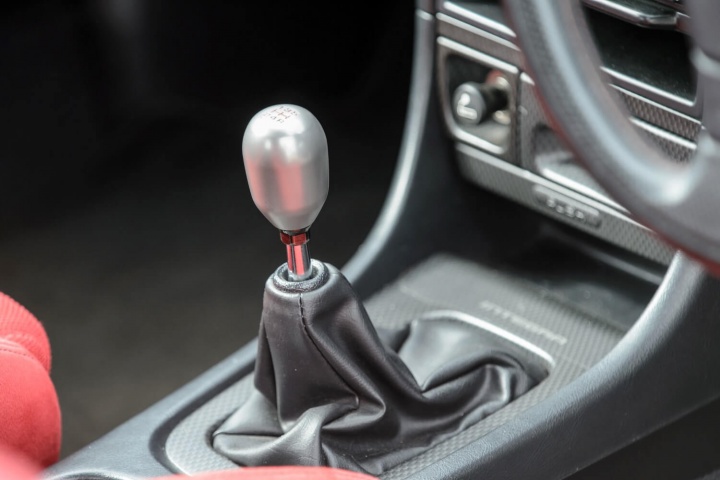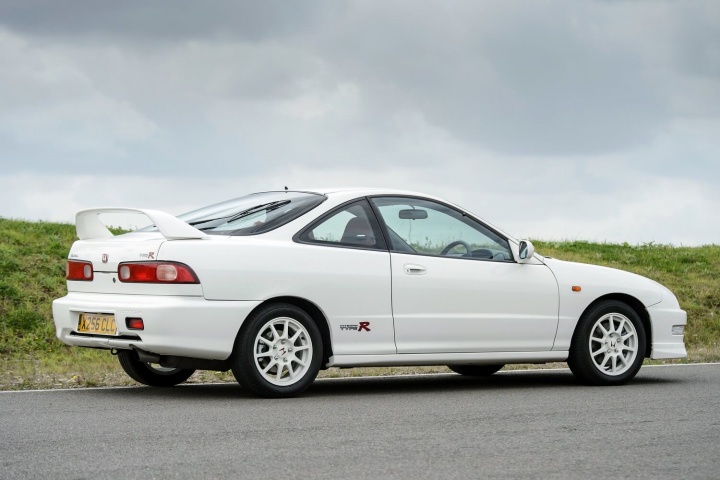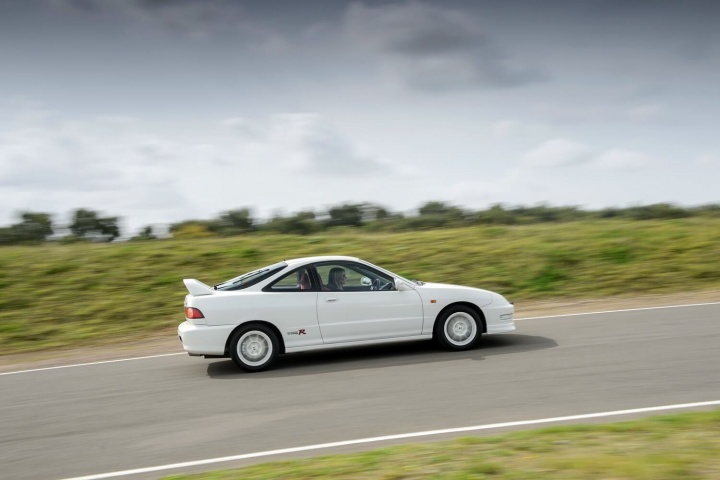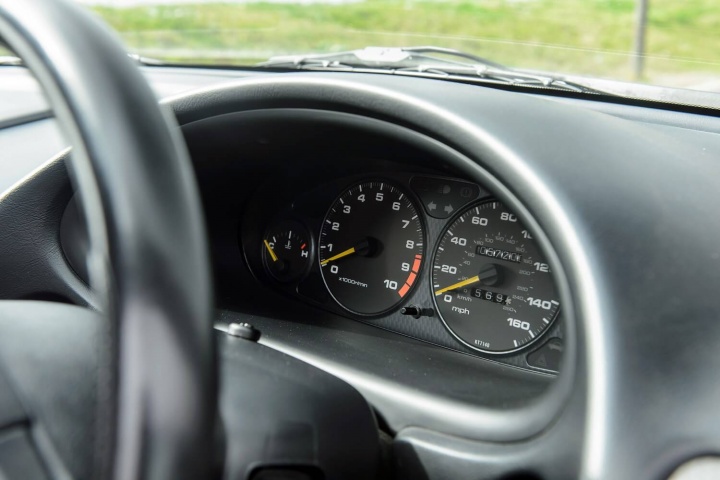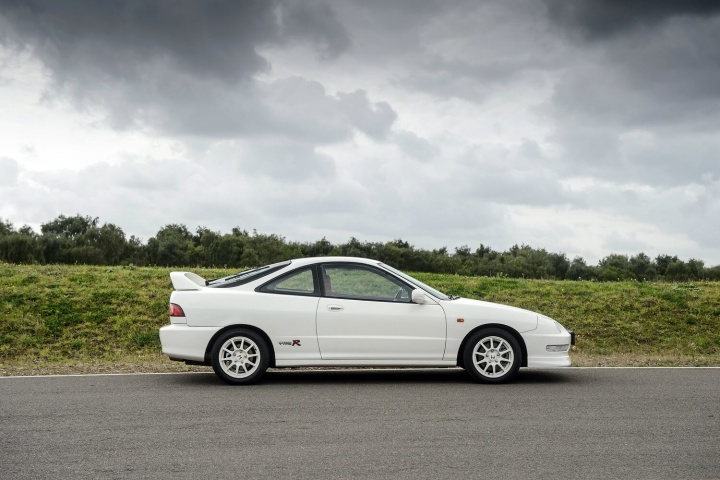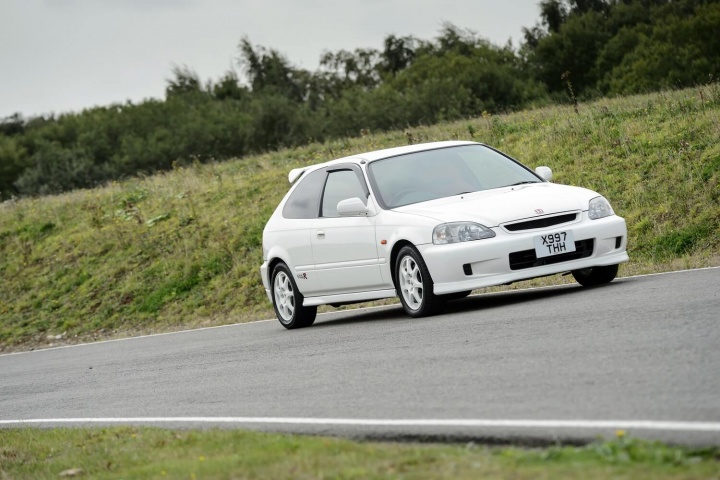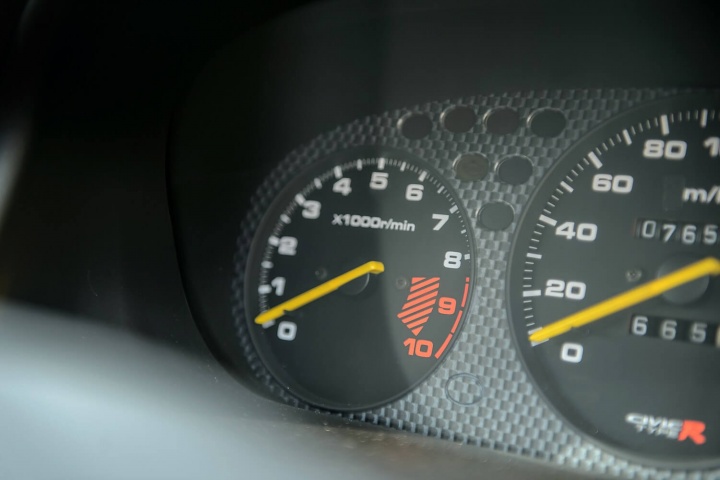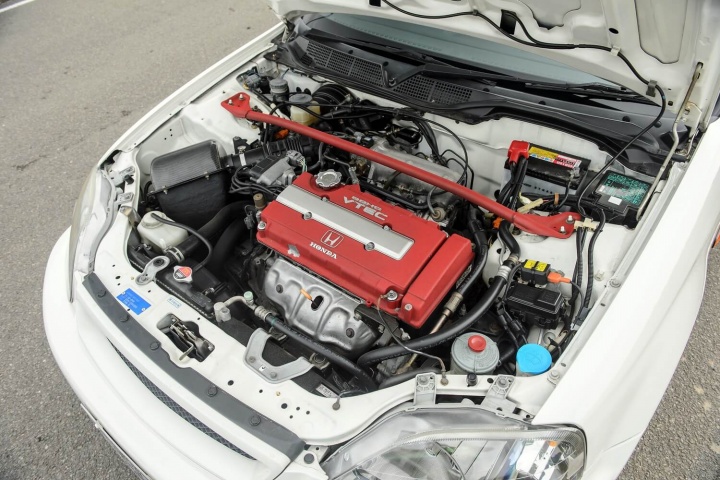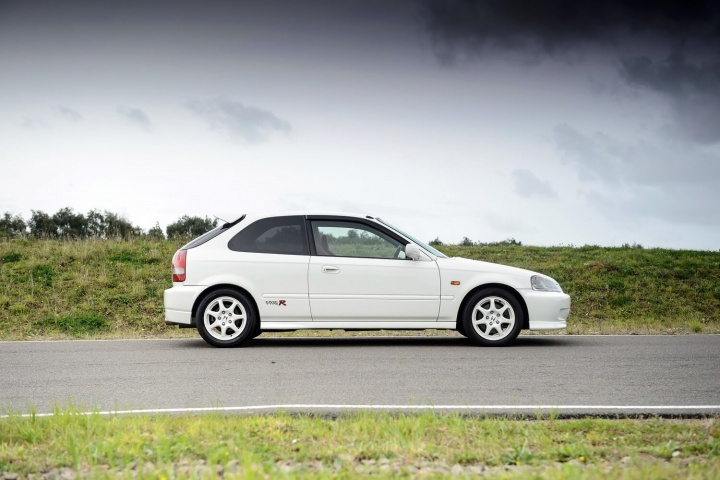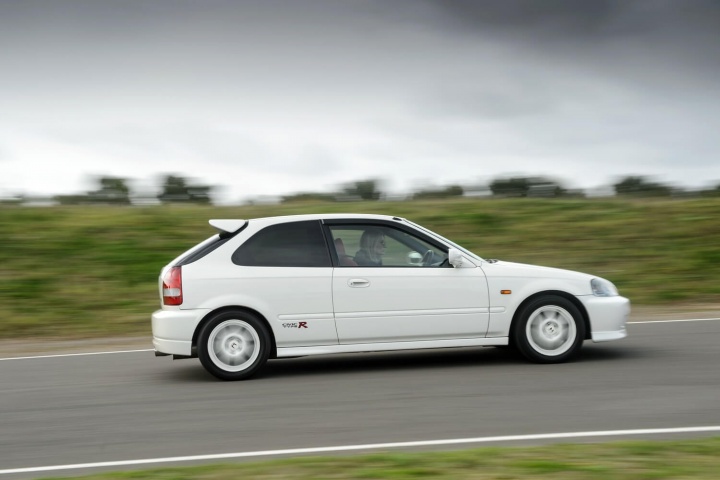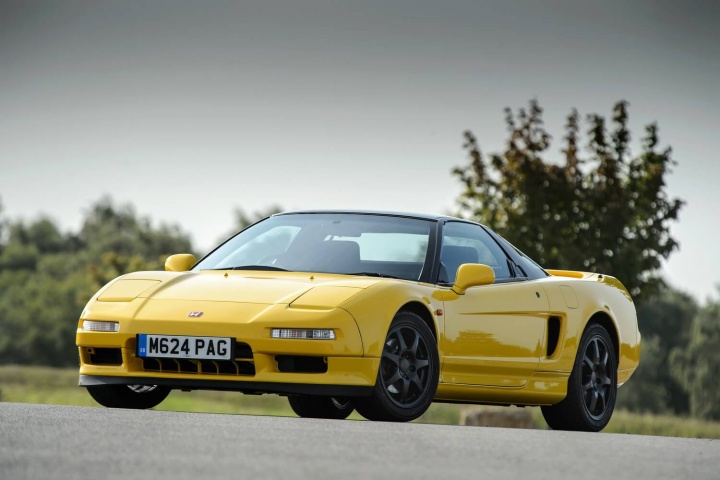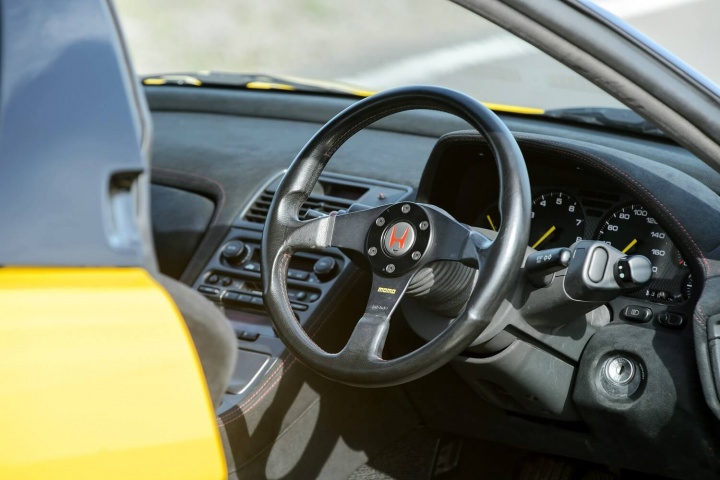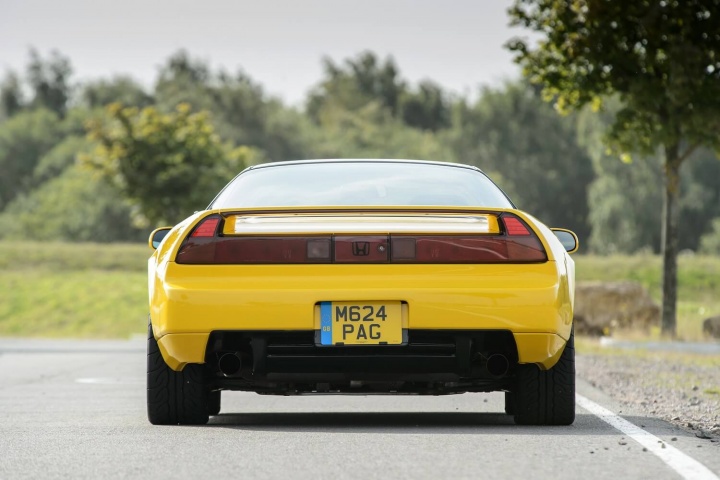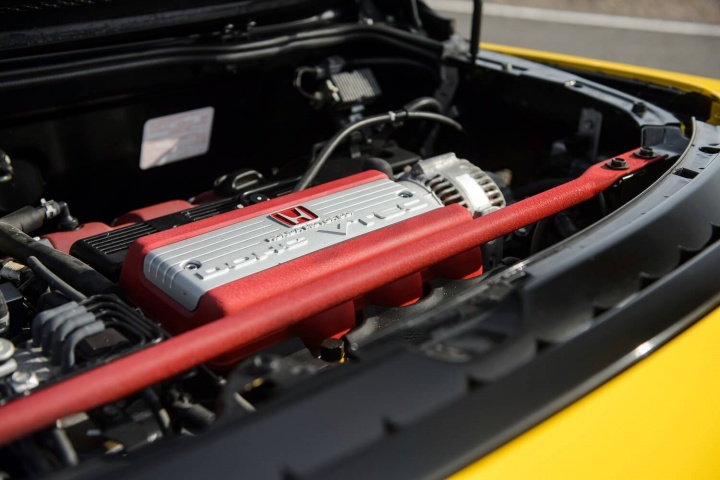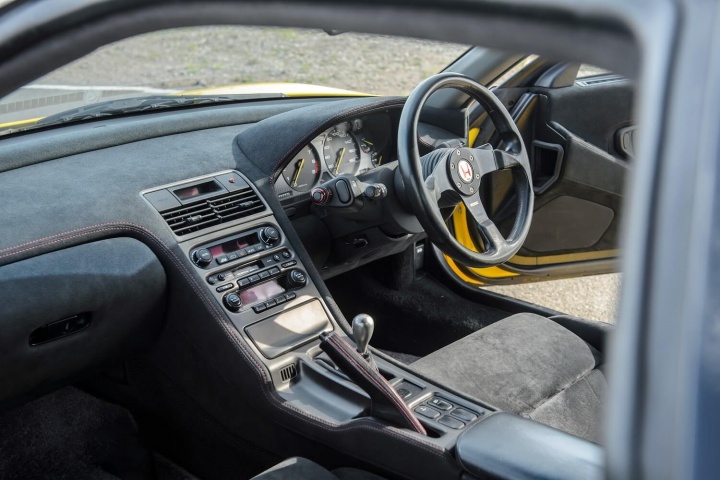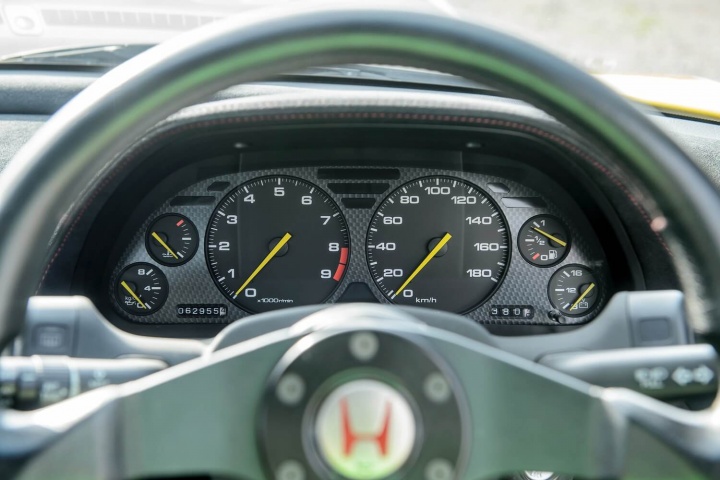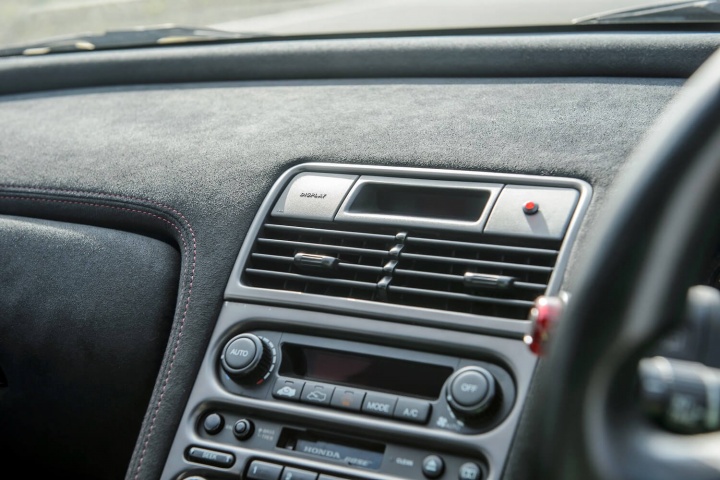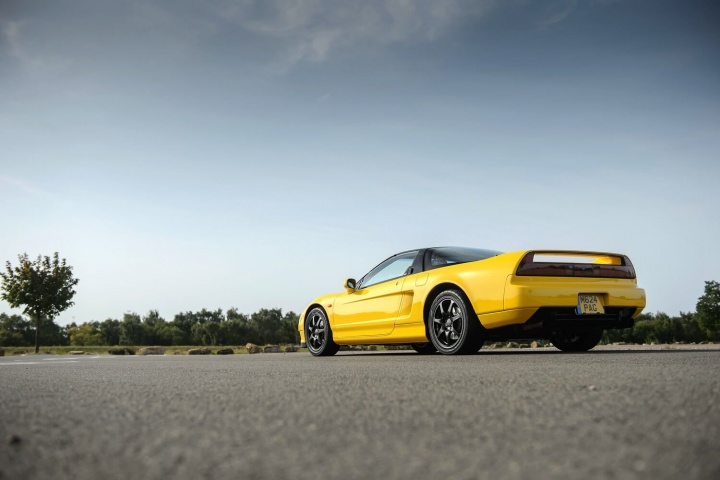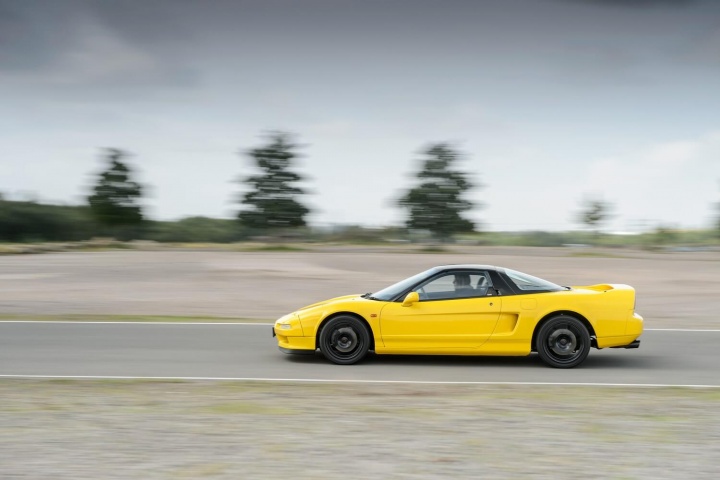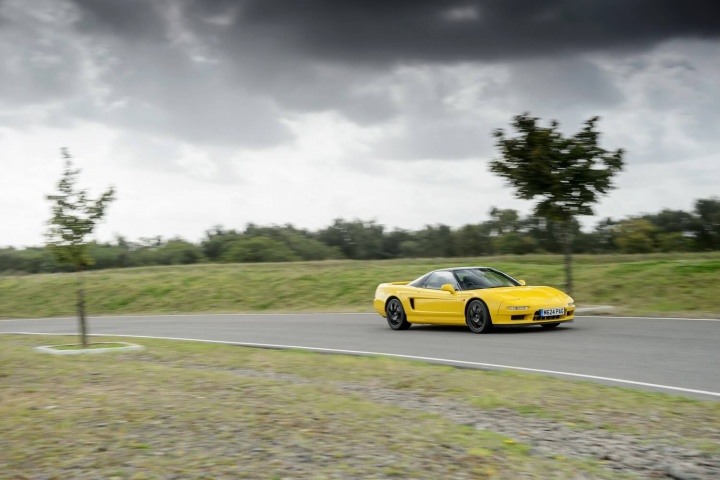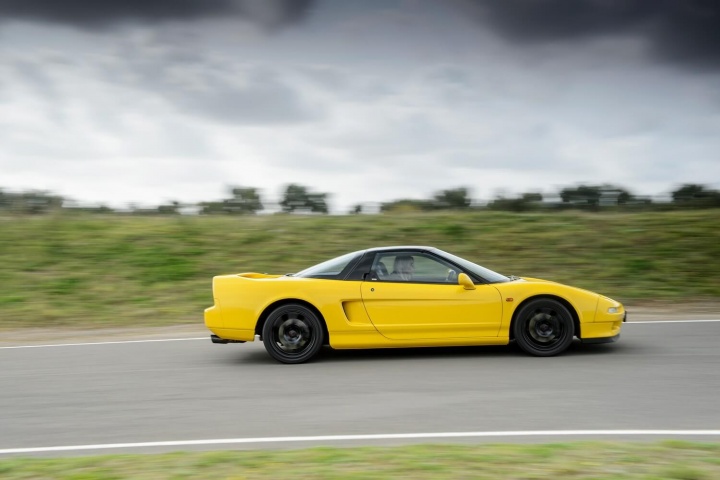Nineteen ninety-two. The Maastricht Treaty was signed, the Space Shuttle Endeavour made its maiden voyage, Clinton takes the White House from Bush, Windows 3.1 is launched and Reservoir Dogs is on in the cinema. It’s also the year Honda introduced us to the Type R.
Honda’s performance division has its own brand, a now universally recognised name that adds a red background to the Honda badge, removes weight and adds intensity to its cars by increasing performance and sharpening up the dynamics.
The original Type R, technically just R, was the NSX R, a car that laid the foundations for Honda’s future Type R products. It lopped 120kg from the NSX’s kerb weight by chucking out non-essentials like sound deadening, air conditioning, electric windows and the radio. It’s a rare machine: if you’re lucky enough to own an NSX R, then you’ve a bona fide collectable that’s not just engaging and enjoyable to drive, but a rock-solid investment.
The Type R badge wouldn’t really be associated with bigger production numbers until it was attached to something a little bit more attainable than Honda’s sports car.
The Integra Type R, or DC2 if you’re up on your Honda model code names, was that car. Adding the Type R badge took the rather ordinary Integra to another level, as Honda applied the same exacting formula to it that it did with the NSX. The attention to detail was fastidious. The chassis was strengthened with more spot welds and thicker gauge steel in key areas around the shock towers and rear subframe, and any weight that was added here was removed by a rigorous paring back of the specification elsewhere.
Thinner glass was used, and Japanese domestic market (JDM) models offered the ability to strip out everything from the rear wiper to the radio and even the clock to remove weight. The suspension was revised to suit the greater performance, and the Type R gained a limited-slip differential, stiffer hubs, improved brakes and a relatively subtle visual make-over outside. Inside, the update was more obvious thanks to the addition of huge red Recaro bucket seats in the otherwise tight, light interior. The gear knob is pure race car, its size and shape more akin to that of an open-gated ‘box in a formula racer than a small coupe. Behind the steering wheel sits a rev-counter, ordinary enough, except that reads all the way to 10,000rpm, redlining at 8,400rpm.
The engine was the other defining part of the Type R package. Every other manufacturer strips weight, strengthens, sharpens and adds performance, but none pile on the revs quite like a Type R. It’s very much the signature addition to a Type R model, and the 190hp 1.8 DOHC VTEC four-cylinder (B18C, if you’re interested) in the Integra is an absolute screamer, making the very best of Honda’s VTEC variable valve timing technology.
It’s been a while since I’ve seen an Integra Type R, let alone sat in one, but I’m doing so now. There’s something brilliant about cars from the 1990s. They’re modern enough to feel familiar and useable, yet old enough to deliver the promise of proper engagement. Turning the key does little to hint at the Type R’s potential, as the 1.8-litre unit starts quickly and settles into a quiet idle. There’s no histrionics, no blaring exhaust, and not a sport button in sight. Pulling away, the Type R is equally ordinary as it slips into first easily. The metal gear knob is initially cold to the touch, but, honestly, I’m not remembering what the fuss was all about with the Integra Type R.
I do shortly after. Taking it easy while the engine warms through, the focus is on the quality of the ride. The suspension is taut and controlled, yet the damping isn’t harsh or intrusive. There’s less sound deadening around the interior, but it’s not noisy in here. The steering weight is great, with the initial deadness when you turn off centre quickly supplanted with feel, speed and accuracy, which is helped by the Integra’s low mass.
There’s nothing unusual here at first, that happens when you start exploiting the upper range of that 1.8-litre engine’s performance. The engine’s immediacy and response, particularly if you’re used to modern turbo power, is extraordinary. The merest flex of your ankle sees the revs rise, and the corresponding increase in speed is brisk rather than outrageous, in a useable, enjoyable way.
There’s reward for the effort you put in, as the performance isn’t so extreme as to have you reining in your enjoyment for fear of your licence, and the Type R is all about the sensations and the feel it delivers. It’s hugely entertaining as a result, and this relatively understated, ordinary-looking coupe is an absolute hoot when the VTEC system has the cam lobes switch above 6,000rpm and allows that manic race towards its high redline.
That’s also true of the EP3 Civic, the next car to reach Europe wearing the Type R badge. If ever there was an unlikely basis for a hot hatch, the bread van looks of the Civic - introduced in 2001 - was it.
While it was conservative in its looks, the Type R formula was followed to the letter. By virtue of it being a hatchback it’s a bit more grown up, with room in the back for the family if needed. On the road, it’s equally dual natured. The suspension lacks some of the Integra’s compliance, but it’s not overly compromised - the Type R, like its looks, could hoodwink you into imagining it’s nothing special at normal speeds. Increase your pace, and the revs, and the 200hp 2.0-litre iVTEC engine comes into its own, though. The response is electric, the way the engine’s revs hurl towards the redline above 6,000rpm is mesmerising, and this innocuous looking hatchback is hilarious when you push it harder.
The larger Accord Type R takes the Civic’s duality and restraint to another level. It’s a bit of a civilised thug, especially if you delete the rear wing, and as quiet a looking road-warrior as you could ask for. For a middle manager wanting something more fun than a poverty specification BMW 3 Series, the Accord Type R is the definition of a sleeper performance car, a Rep-robate of the highest order, if you will. I have fond memories of them new, as I used one when visiting a potential new employer for an interview, and the illicit thrill of a new job meeting was only bettered by the Accord’s epic 212hp 2.2-litre VTEC engine.
None of that enjoyment has been lost through time. The Accord, like its relations, can be civilised when you’re after sensible, ordinary driving, and involving and intense when you up your pace on an enjoyable road. It’s a very Type R tradition, and it hasn’t changed with the latest Civic Type R, even if the looks have, and the world in which they exist is nothing like the one when Type R was born.

